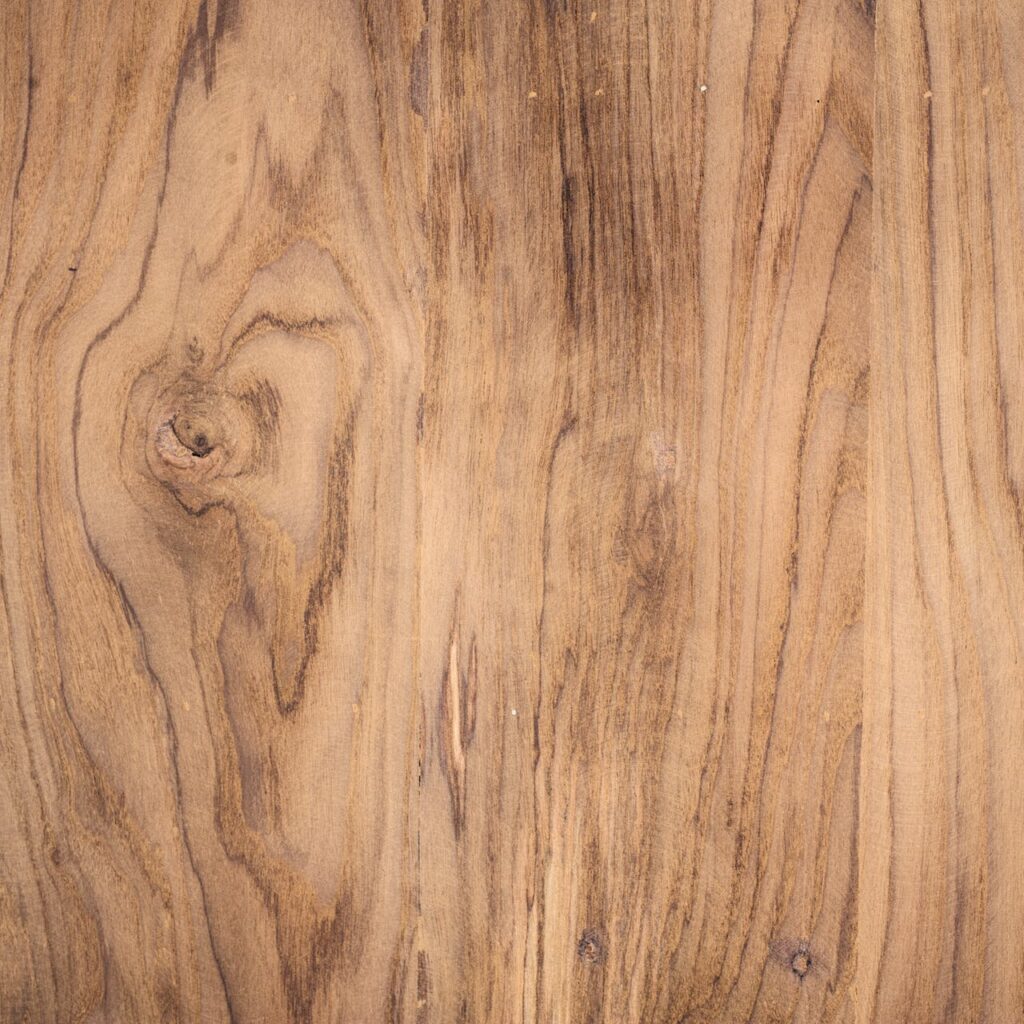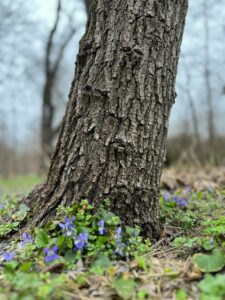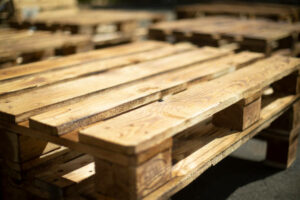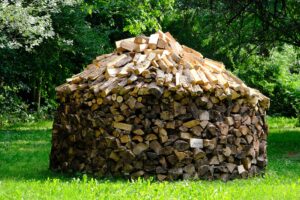Graded lumber is a system that classifies the quality of wood. The system stress-graded lumber has two components: appearance and strength. Lumber that looks “bright and clean” is often considered better, but it is important to understand that this doesn’t necessarily mean stronger.
Using visually graded lumber for a structural frame could be dangerous, strength-wise.
Appearance
If you’re building a piece of furniture, the appearance of the wood is important. That’s why lumber is graded for its visual qualities. However, the appearance of a piece of lumber can vary based on the manufacturing process and the way the lumber is sorted. For example, if one mill separates the better grades of lumber and another mill does not, the two grades appearance lumber can look different. This is because the higher grades of lumber tend to have fewer defects, less wane, and fewer knots than lower-grade lumber.
Appearance-based grading of lumber can be done either on the face or both faces of the boards. It’s also possible to sort lumber based on its color. Color-based grading is commonly performed on pine. This type of common grade of lumber is often used for trim, siding, and paneling.
The grading system for appearance-based lumber includes four categories, A through D. The first category is Select, which is the highest quality softwood for applications where looks matter. The second is Common, which for hardwood trees is suitable for structural or outdoor work. Its blemishes include brown stains, which are caused by a fungus that feeds on the sapwood. It may also contain a number of small pin knots and other defects.
Knots are another common issue with appearance-based grading. Knots can make a board look unattractive and weaken it over time. Some knots are dead and need to be cut out, while others have encased bark or other decayed wood inside them.
Lumber that’s graded C or D can still be useful, but it’s usually not the best choice for exposed surface use. It might be good for other purposes, such as making molds or models, but it’s not ideal for furniture. It’s usually too prone to warping and cupping, and its blemishes can be difficult to hide.
The other issue with a lot of common grades of appearance-based lumber is that it’s often kiln-dried to the wrong moisture content. This can lead to several problems, including a high number of defects and poor performance. To minimize these issues, it’s important to understand how lumber grading works.
Strength
Many factors go into grading lumber, including its strength and appearance. The quality of the wood depends on where it comes from, its density and grain, and how the knots are positioned. The number of defects in the lumber also influences its strength. For example, if the knots are tightly grouped together and not well-spaced, the hardwood lumber grades can be weaker.
When choosing lumber for a construction project, it’s important to choose the right grade. The higher grades are more expensive, but they provide more structural integrity. While the lower grades are cheaper, they may not be strong enough for some projects. The strength of graded lumber varies by species, so make sure to check out the specific grading rules for each type of wood.
Lumber grades are determined by visual inspection and are based on the suitability of the lumber for its intended end use. The design values for visually-graded dimensional hardwood lumber grading are established according to the American Softwood Lumber Standard PS 20-99. The standard establishes lumber sizes, methodologies for assigning design values, vocabulary, inspection, and re-inspection procedures, an accreditation program, and a National Grading Rule.
The grading system for kiln-dried softwood lumber differs from the grading system used for green lumber. The former visual grading rules (T-virkesreglerna) were replaced in the Nordic countries by joint Nordic grading standards for pine, spruce, larch, and Sitka spruce. The grading system is based on quality rather than strength, with the aim of sorting out defects that do not affect the function of usable material.
The grading criteria for stud grade lumber is more stringent than that for framing or structural joist and plank grade. It must be free from defects that are detrimental to function, such as dead knots and wanes. It must have good encased and sound knots that are well-spaced. Other characteristics that are considered include a smooth, even surface and the absence of any rot, fungus, or insects. A few small blemishes are permitted. The stud grade is often used as subflooring for floors and walls. It is also sometimes used in structural joists, headers, and trusses.
Durability
Whether you’re planning a large commercial project or the standard at-home DIY project, you need quality lumber to ensure that the finished product is structurally sound and attractive. However, the process of grading lumber is often confusing. Many people aren’t aware of the different categories and grades, which affect everything from structural integrity to appearance. Understanding the differences between these grades will help you make better decisions when choosing the right lumber for your project.
Lumber grading is a system that determines the quality of wood products by evaluating and classifying them based on their strength, utility, and appearance. Trained inspectors use standardized evaluation criteria to assign each piece of lumber its lumber grade name. These criteria include knots, grain patterns, and defects. These factors are used to categorize lumber based on its suitability for various construction and manufacturing projects.
The grading process of dimension lumber is complicated and requires an experienced, trained inspector. Unlike other woods, softwoods have no uniform consistency economy grade, so it is important to assess each piece carefully to make sure that it meets industry standards. This is especially true when assessing the durability of a specific piece of lumber.
In addition to the dimensional grading rules, other guidelines must be followed when determining the grade of lumber. For example, knots must be small and tightly closed. They must be free of damage and must not detract from the overall appearance of the wood.
When assessing the durability of lumber, it is also important to consider surface checking and warping. These conditions may degrade the integrity of a board and reduce its grading. However, these conditions are less common than cooking, which is the most prevalent type of degradation that affects a board’s grading.
Lumber can be divided into several categories and grades, but most projects will use wood from the Selects or Commons category. Commons lumber is a great choice for building projects that don’t have structural light or require an aesthetic finish, while the Selects category is ideal for appearance-oriented construction. The Selects grade includes lumber with a surface measure of up to 66-2/3%, a gross tally of up to 83-1/3%, and a net tally of up to 85-1/2%.
Cost
Lumber grading is a system that determines the quality, strength, and appearance of wood. It is performed by trained inspectors who use standardized criteria to categorize lumber according to its quality and utility for various construction and manufacturing projects. This process ensures that all timber meets certain standards and is appropriately classified for each application. It also saves time and money by reducing waste. However, this can increase the price of the lumber, which can cause the overall project cost to rise. Nevertheless, the increased price is often offset by the amount of time and money saved.
For the most accurate and efficient grading, you should have someone on staff who understands how to grade lumber. This person must be familiar with the grading procedures and guidelines laid out by the American Lumber Standard Committee. They must know what types of bark are and aren’t allowed on the lumber, as well as what the acceptable moisture levels are for different lumber grades explained below. It may seem like a lot to ask of an employee, but if you consider the cost of lost time and higher waste, this investment could pay for itself in no time.
The grading system also takes into account the color and density of the wood. Generally, darker-colored wood is more durable and strong than lighter-colored lumber. However, the type of lumber used in a building project depends on the type of work that needs to be done. If you’re building a non-structural indoor structure, for example, with light framing, it may be more economical to choose a lower-grade wood for the job.
During the grading process, inspectors look at hardwood lumber for defects that affect the visual appearance of the wood. They look for dead and encased knots, as well as deformed, warped, and twisted boards. If the defect is too severe, the lumber may not be suitable for a particular job.
A grading system can also help sawmills manage log and lumber yields, especially during periods of low pricing or a shortage of raw material. It uses a Monte Carlo simulation to self-adapt to the probability distribution of lumber yields, which is more effective than deterministic models.






